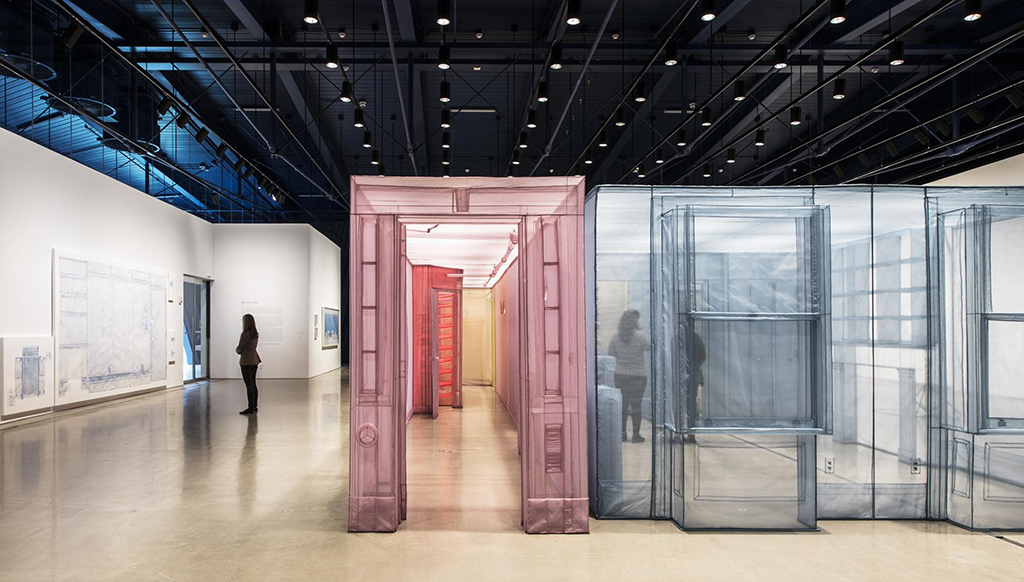


Graffiti is a means of taking ownership, as if signing a property deed, and becomes, by default, a way of redistributing that which is designated as private to those who have nothing. Graffiti is a social protest, an indication that the rules and laws have no meaning to the man with the can, to the boy who randomly sprays a park bench, because they have been left out, left behind, and abandoned. Graffiti is a sign of complete and utter separation from the larger society and a signal that there is no investment in its values. Yes, graffiti is a gesture of conquest, a visual take-over of territory, but graffiti is so much more. I.s during their triumphal march over Europe during the Second World War.
#Moca museum public art code
Graffiti is not merely stating, “Kilroy was here,” a conquering code employed by American G. Tag bombs explode and disperse like shrapnel, cutting into the social contract that teaches respect for public spaces. “Graffiti” tends to be tagging, an aggressive mark making by disenfranchised people (mostly males) in spaces that are supposedly “public.” On one level the tags are signatures, relatives of the palm prints of the cave dwellers and on another level the need to not just paint but to deface surfaces comes from an entirely different place. Let’s draw a distinction between “graffiti” and “street art,” based on the intentions of the makers, which are very different. While there is good news and bad news about Art in the Streets, I would like to sort out some terminology for the sake of clarity, however momentary. The lines outside the Geffen go on forever, as people wait patiently to get in. The exhibition has been consistently well attended and the broad public-all ages, all ethnicities-seem to love the show and must be spreading the good news through word of mouth.
#Moca museum public art full
But I will be the first to say that the exhibition itself is a dazzling fun ride, full of great art, and a real success for Deitch. And I take back none of what I have written. In a subsequent preview of Art in the Streets, I wrote for Artscene, I critiqued the very concept of putting street art in a museum. In an earlier article on the censorship of the BLU mural, I criticized the curator of Art in the Streets, Jeffrey Deitch, for whitewashing the very kind of art he was attempting to promote and support. It is no coincidence that those who had been written off by society called themselves “writers.” And now it has all come home to roost, graffiti art has been consecrated by time and space and has been elevated into “art” and enshrined and mummified in the confines of the museum, where its original intent can be muffled and its screams can go unheard. No place was safe, unless of course it was the carefully guarded enclaves of the rich-or those very people who would, in the eighties, eagerly spend their surplus income to buy the art of the very invaders who had terrorized the populace. Graffiti was an alien invasion of the Other, who had taken up weapons, cans of spray paint, and was attacking the city. At the very moment in time when Milton Glazer was designing his “I Love New York” campaign, graffiti was everywhere, crawling and climbing over all available surfaces. Infuriated by the benign neglect of the Nixon Administration after the golden age of the Civil Rights era, communities of color felt alienated and angry. Although Jimmy Carter never uttered the word “malaise” in his infamous “Malaise Speech” (1979), the Big Apple was a psycho poster city for malaise. In the dark days of the late 1970s, New York City was at its lowest ebb.


 0 kommentar(er)
0 kommentar(er)
